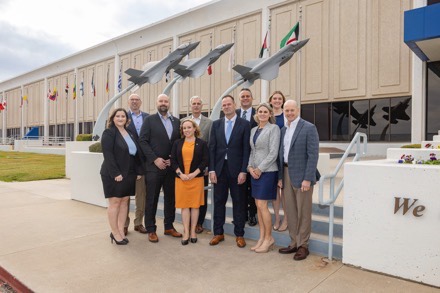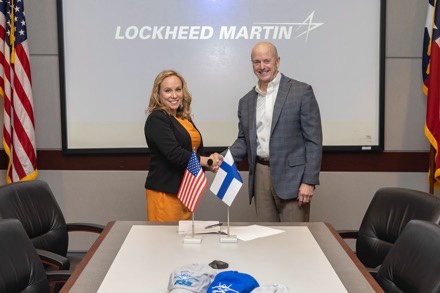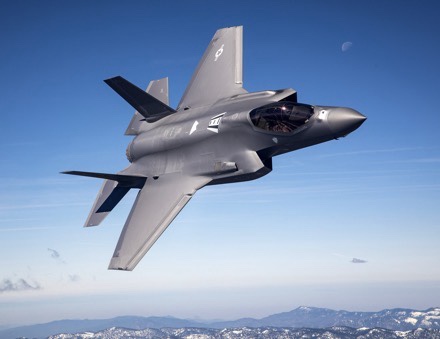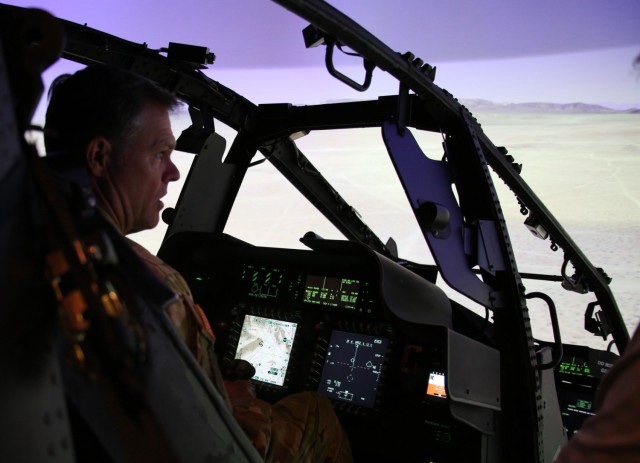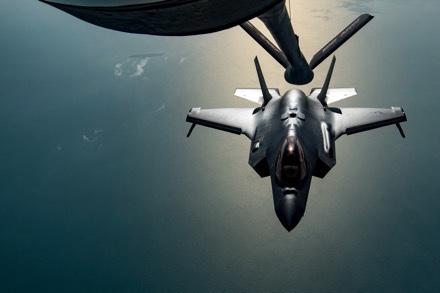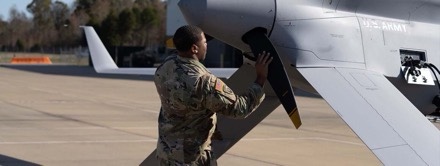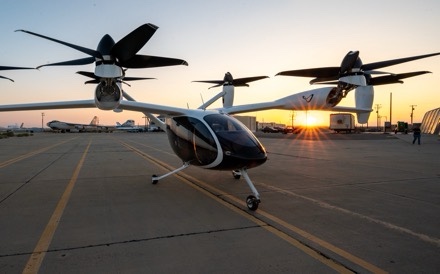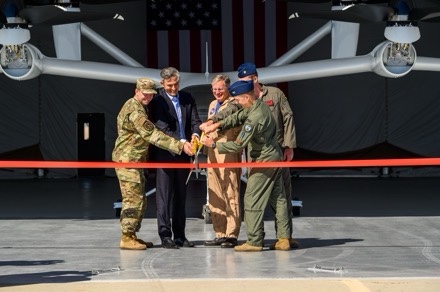
WRIGHT-PATTERSON AIR FORCE BASE, Ohio (AFNS) —
AFWERX is partnering with NASA to develop a digital operations center for future Advanced Air Mobility efforts through the Civilian Commercialization Readiness Pilot Program awardee, ResilienX.
With the fast-growing field of AAM technology, AFWERX’s Airspace Innovation and Prime Partnerships program has partnered with NASA and the Federal Aviation Administration to fill in technological and administrative gaps that present themselves. Earlier in 2023, AFWERX formalized these partnerships with a Memorandum of Understanding and participation in the AAM Interagency Working Group to plot the future of AAM.
The CCRPP is a NASA Small Business Innovation Research and Small Business Technology Transfer program which takes mission-relevant technologies in development and infuses them with funding intended to foster commercialization.
This system is intended to enhance base security, special forces efforts, emergency disaster response, and passenger and cargo transportation planning. It is further being developed to include other technologies necessary for air domain awareness.
“CCRPP is a true example of public-private partnership where government stakeholders and an industry consortium are working together on the airspace efforts,” said Darshan Divakaran, AFWERX Airspace Innovation and Prime Partnerships program manager.
ResilienX is a company focused on the holistic safety assurance of AAM ecosystems and is leading the way with an industry consortium to create a digital system for AAM operations. The project intends to define and perform initial integration of an AAM Operations Center that is scalable, tactical and enables verification and validation of the various systems and sensors involved in uncrewed aerial systems, electric vertical take-off and landing operations, and other advanced aviation technologies. The initial AAM Operations Center will be built out in collaboration with NUAIR at the Syracuse Hancock International Airport, with an aim to test and transition it to additional locations by 2025.
Each company in the consortium contributes their industry expertise and technological advancements to create the most robust system possible. As additional requirements are included by military and other government stakeholders, AFWERX plans to bring in additional industry partners in the next phase.
“We are thrilled with the trust AFWERX has put in us to lead this consortium,” said Ryan Pleskach, CEO of ResilienX. “Through a dedicated systems engineering approach, we intend to develop a dual-use solution to the core digital infrastructure needed for advanced air mobility that is inherently scalable and extensible. Through this pioneering effort and with support of all the federal stakeholders that AFWERX is bringing to the table, we believe this solution will be turnkey and available to government and commercial markets in late 2024.”
Utilizing the research expertise of NASA and AFWERX’s subject matter experts, this collaborative project will attempt to meet the needs of the emerging field of AAM operations. It is informed by the U.S. Air Force AAM Operations Center requirements through testing and operator interactions.
“Agility Prime helped pave the way for government and industry to work together on aircraft certification,” Divakaran said. “The Airspace Innovation team is taking it a step forward with airspace integration, management and security efforts focused on emerging aviation technologies.”
The first phase of development will include a detailed need and task assessment, feature development with user interviews and observations, initial integration of baseline technologies, and testing. The second phase will see user testing of human factors, safety development, prototype testing, and a live demonstration of the system.
For this project, ResilienX has received $4.8 million in AFWERX and NASA funding through the CCRPP. The program is planned to progress through October 2025.
By Kristen Dennis, AFWERX


